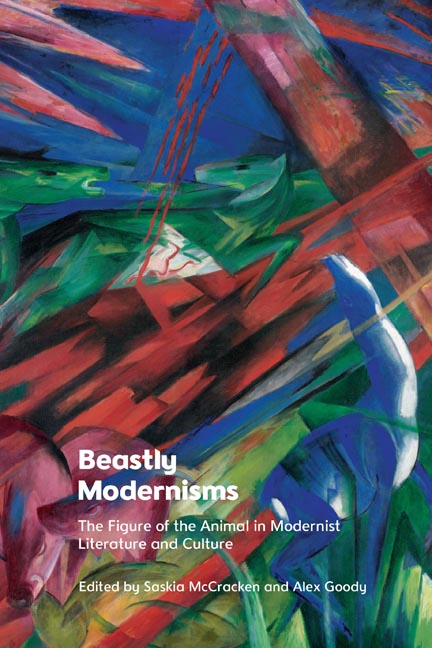Book contents
12 - Modern Intersections: Reading Anita Scott Coleman’s Animals
Published online by Cambridge University Press: 21 October 2023
Summary
In May 1926, when Opportunity magazine announced the winners of its second annual writing contest, the Casper Holstein Awards, it was no small affair. Celebrating a range of authorial forms, from poetry to investigative journalism, the contest culminated in a dinner party at New York’s Fifth Avenue Restaurant attended by 400 writers, political actors and socialites – many of them wellknown figures of the Harlem Renaissance, including Jean Toomer, Alain Locke, Paul Robeson and Carl Van Vechten (‘The Awards Dinner’ 1926: 186). These awards not only bestowed recognition and cash prizes upon the celebrated, but most essentially made available a sizeable public platform for promising Black writers from around the country. From this dais, the name of one such writer then beginning to emerge as a literary voice from beyond the New York locus was announced: Anita Scott Coleman. Awarded second place for her personal experience sketch ‘The Dark Horse’, Coleman’s introduction was broadcast prominently through this prize.
A poet who also wrote fiction and essays, Coleman’s work appeared frequently in African American periodicals between 1925 and 1938, but her central occupation concerned family life on the ranch (Davis and Mitchell 2008: 24). In a short biography published in tandem with the Holstein awards, selfdescribed ‘ex-schoolteacher’ Coleman sums up her position as that of a married woman ‘engaged in raising children and chickens’ on a ranch in New Mexico (Coleman 1926: 188). This brief self-portrait not only distinguishes Coleman through geography and occupation, but it also emphasises an important theme that crops up often in her writing: a keen awareness of the side-by-side lives of humans and nonhuman animals. The unpretentious and humorous discursive parallel Coleman draws between children and chickens, who both require raising, corresponds to similar associations and linguistic dyads that appear throughout her work, which take for granted notions of interspecies linkages. For Coleman, who did indeed raise five children and untold chickens before moving to Los Angeles in mid-life, her positionality as a Black woman at home on a ranch in New Mexico would seem to foreground a perspective that surfaces often in her poetry and prose. Her work disarticulates antiblack racism and dehumanisation while it simultaneously resists the instrumentalisation of nonhuman figures as necessarily reproachable in the process.
- Type
- Chapter
- Information
- Beastly ModernismsThe Figure of the Animal in Modernist Literature and Culture, pp. 215 - 228Publisher: Edinburgh University PressPrint publication year: 2023

